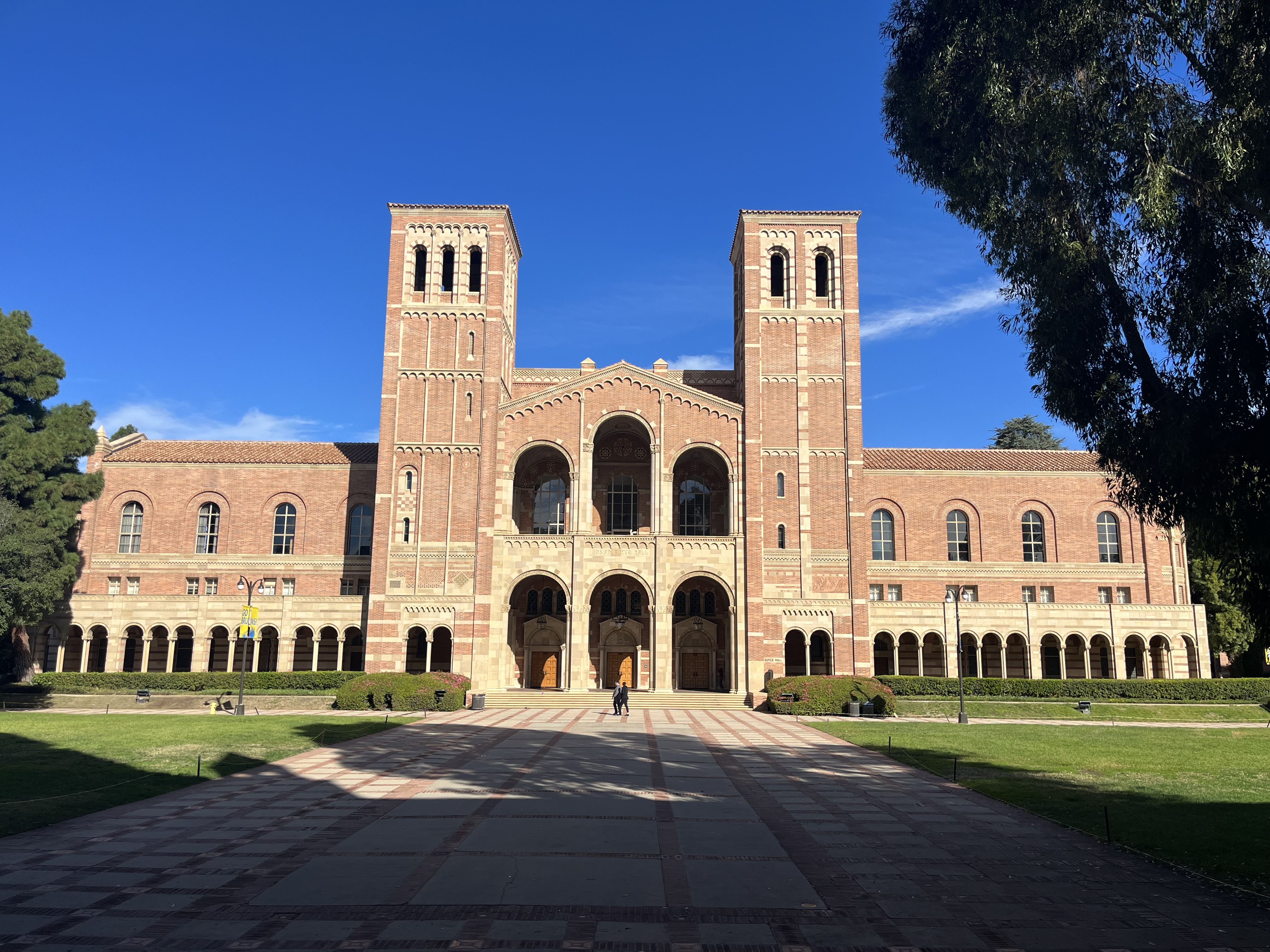In terms of the infrastructure in Westwood, sidewalks and traffic signals make my walks possible. However, I have noticed that when I walk between towns in Los Angeles, there are gaps in sidewalks that make my walks more difficult. Also, walking alongside very busy streets also make my walks feel less safe. According to Project Drawdown, walking infrastructure includes "density of homes... wide, well-lit, tree-lined sidewalks and walkways, safe and direct pedestrian crossings, [and] connectivity with mass transit." As walking is the most sustainable form of movement, it's important that city planners consider these factors to encourage more people to walk.
I think that Westwood does this well as so many individuals here walk as their main form of transportation. However, I think of my hometown in Santa Cruz where there are no sidewalks or bike lanes in some parts of town, making walking and biking unsafe transportation options.

-
 Eunice Juarez 6/05/2025 12:17 AMI love walking , it does so much for our mental health! It’s so wonderful and at the same time we notice what surrounds us such as birds and the wind. I love taking off my headphones and just submerging in the sounds around me.
Eunice Juarez 6/05/2025 12:17 AMI love walking , it does so much for our mental health! It’s so wonderful and at the same time we notice what surrounds us such as birds and the wind. I love taking off my headphones and just submerging in the sounds around me.

